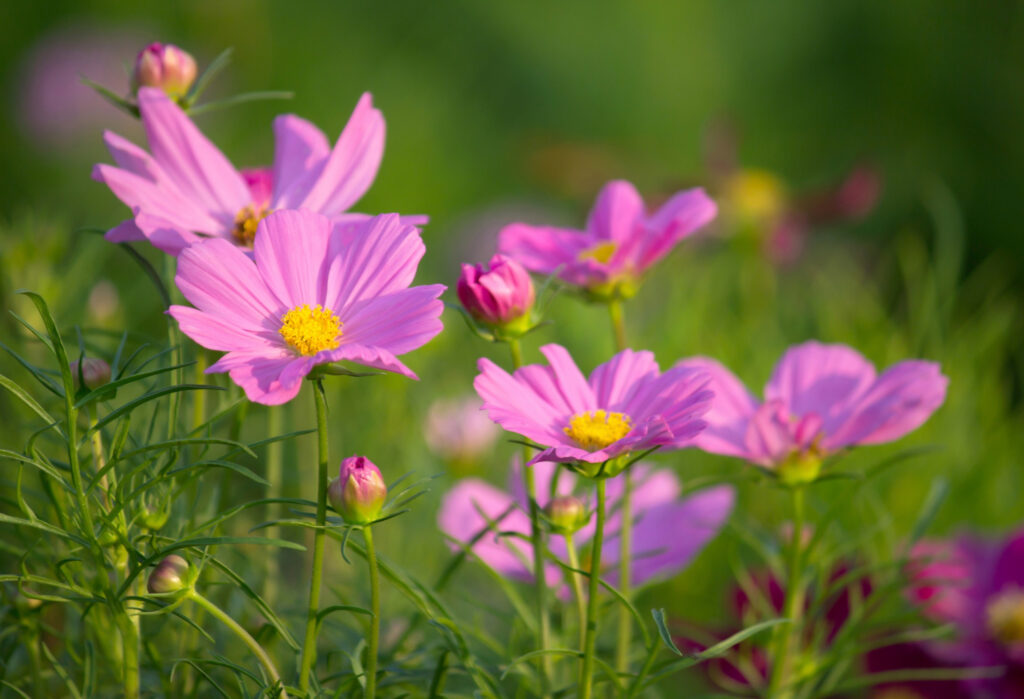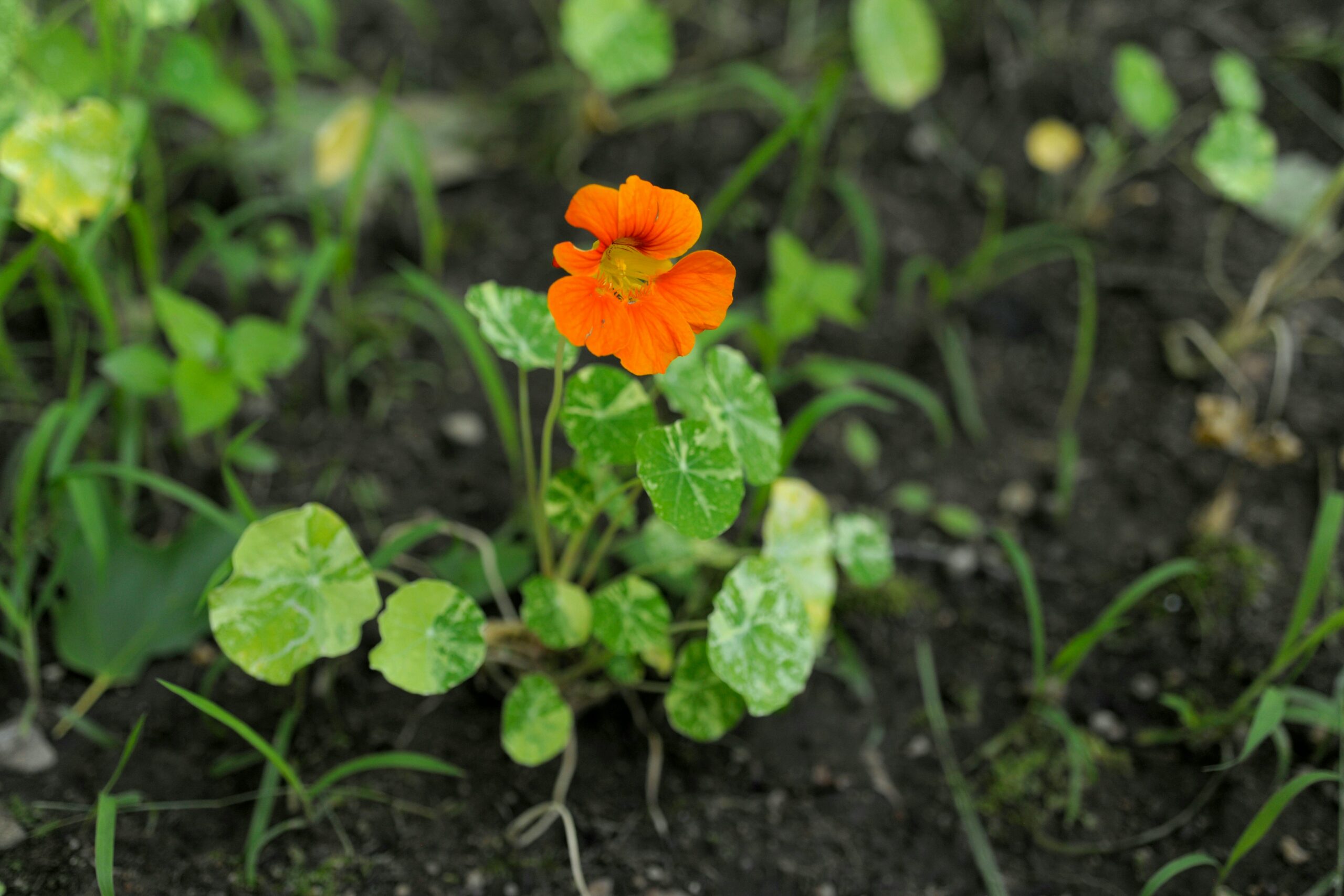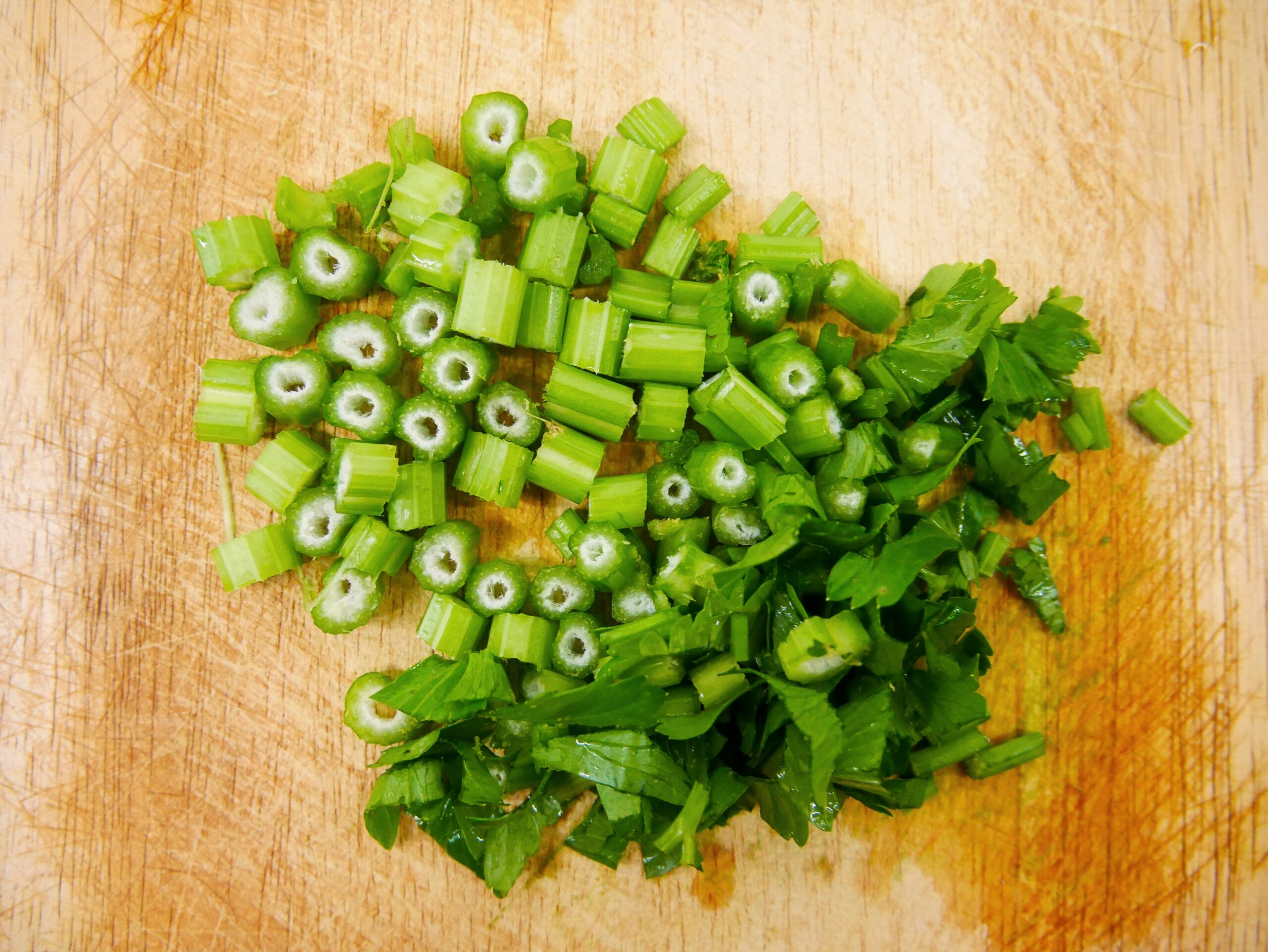- April 24, 2024

Companion planting for cosmos is an experience-based observation developed over centuries. People have noticed that planting certain plants side by side has a positive effect on each other, increasing the quality and quantity of the harvest. Companion planting is not set in stone and it is the least you can do for your plants. You can get the right care from the individual plant article. You can see the companion and the enemy plants of cosmos below.
Why does companion planting work?
Companion planting works due to several interconnected factors:
Pest Control: Certain plants emit natural chemicals or scents that repel pests, effectively acting as natural pest deterrents for nearby plants. This reduces the need for chemical pesticides and fosters a more balanced ecosystem.
Attracting Beneficial Insects: Some companion plants attract beneficial insects like ladybugs, hoverflies, and predatory wasps, which feed on common garden pests. This creates a natural form of pest control and helps maintain ecological balance.
Soil Improvement: Different plants have varying root structures and nutrient requirements. Companion planting can enhance soil health by reducing soil erosion, suppressing weeds, and improving nutrient uptake. For example, leguminous plants fix nitrogen in the soil, benefiting neighboring plants that require nitrogen for growth.
Competition Reduction: Companion planting can help reduce competition for resources such as water, sunlight, and nutrients by utilizing plants with complementary growth patterns and root structures. This allows for more efficient resource utilization and healthier plant growth.
Biodiversity and Resilience: Planting diverse species together increases biodiversity in the garden, which can enhance ecosystem resilience. A diverse ecosystem is better equipped to withstand pests, diseases, and environmental stresses compared to monocultures.
Maximizing Space: Companion planting allows gardeners to make the most of limited space by intercropping plants with different growth habits and maturity rates. This maximizes yield per square foot and promotes efficient land use.
Overall, companion planting capitalizes on the natural synergies between plant species, creating a thriving and sustainable garden ecosystem.
What are the companion plants of cosmos?
The following plants have positive effects on the growth of your cosmos. These plants can repel pests that damage your plants. These plants provide increased nutrition to the soil that your plants can use. Therefore, we recommend planting these plants next to your cosmos.

Sunflower
Sunflowers thrive in fertile soil with a pH range between 6.0 and 7.5. Full sunlight and ample space nurture their towering stems and vibrant flowers. Sunflowers provide invaluable benefits to neighboring plants by attracting pollinators, enhancing garden aesthetics, and providing seeds for birds and wildlife. Belonging to the Asteraceae family, alongside esteemed companions like daisies and asters.

Nasturtiums
Nasturtiums thrive in various soil conditions. Flourishing in well-drained, moderately fertile soil with a pH range between 6.0 and 7.0. Full sunlight and consistent moisture nurture their vibrant flowers and trailing foliage. Nasturtiums offer invaluable benefits to neighboring plants by attracting pollinators, repelling pests, and adding a touch of vibrant color to garden landscapes.

Celery
Celery flourishes in well-drained, nutrient-rich soil infused with organic matter. Consistent moisture and sunlight support robust growth and vibrant foliage. Celery contributes to the overall health of neighboring plants by improving soil structure, enhancing water retention, and fostering beneficial microbial activity. Belonging to the Apiaceae family, alongside esteemed companions like parsley and carrots, celery symbolizes the natural vitality and elegance found within the garden's embrace.
